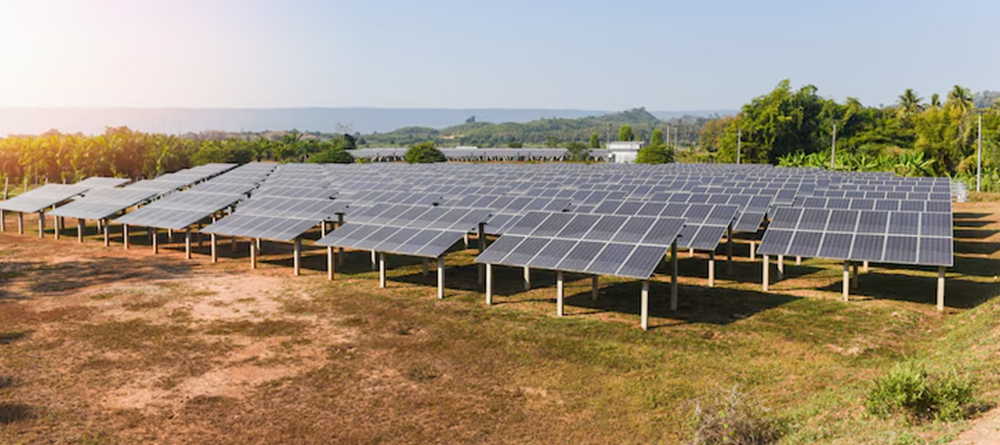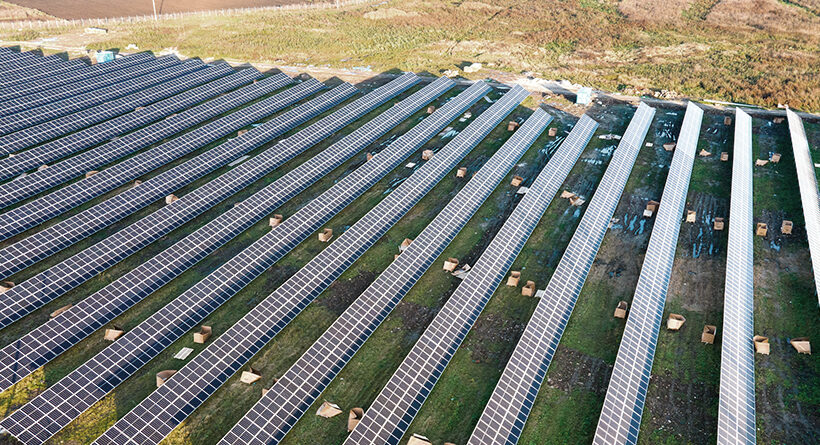Solar farms are large ground-mounted installations covered with many solar panels. These panels capture sunlight and convert it into electricity. In simple terms, a solar farm is like a power plant for your farm, using the sun instead of diesel or coal. Researchers note that the Philippines, being a tropical country, receives high amounts of solar radiation, so solar farms here make a lot of clean energy.
At Nativ Techniks, we help farmers use these solar farms to power pumps, machines, and lights directly from sunshine, cutting fuel costs and making farms more independent.
Benefits of Solar Power for Farms
Solar farms bring many advantages to farmers. For example, solar panels can significantly cut your electricity bills. Studies show that switching to solar can lower monthly power costs, especially in the Philippines, where grid electricity is among the most expensive in Southeast Asia. Over time, those savings can recoup the system cost and give you essentially “almost free” power.
Other benefits include:
- Lower fuel costs: Solar pumps and machines run on sunlight, so you no longer need as much diesel or gasoline. One case study found that using solar irrigation saved about USD 629 per hectare per year in fuel and maintenance costs. This is a huge help for small farms with tight budgets.
- Reliable power: Solar systems can keep working even during power outages, especially when paired with battery storage. In typhoon-prone areas, solar panels with batteries mean essential farm equipment (like pumps and lights) stays on when the grid goes down.
- Extra income: Under the Philippines’ net-metering program, any additional power your solar farm generates can earn you credits or even money. Solar panels often make more electricity than a farm needs during the day. With net metering, those excess kilowatts go back to the grid and trim your next bill. You effectively “sell” power to your electric company, which further reduces your costs.
- Government support: The Philippine government encourages solar in agriculture. A recent Department of Agriculture program teamed up with the Energy Department to promote renewable energy use on farms. The goal is to “reduce the cost of production in agriculture” by using solar, wind, or other green energy. At Nativ Techniks, we can help you tap into these programs and incentives so your farm can benefit more from going solar.
Reducing Electricity Bills with Solar
Solar farms can transform the way you pay for power. When your panels generate electricity, you use less power from the grid, and your monthly bills drop. In fact, in places with high electricity rates (like many parts of the Philippines), solar can lead to significant long-term savings. After the system is paid off (often in just a few years), you’ll be enjoying nearly free solar electricity.
Net-metering makes this even better. If your solar farm produces more power than you use, the extra can be sent to the grid, and you get credit for it. This means even sunny weekends help your pocket. In short, every kilowatt-hour you produce yourself is one less unit you have to buy.
Solar Power and the Environment
Solar farms are also great for the environment. By using sunlight instead of burning diesel or coal, you cut greenhouse gas emissions. For example, one study estimates that a farmer switching to solar irrigation can reduce about 5 tons of CO₂ emissions per hectare each year. In the big picture, solar panels prevent far more carbon emissions than the same land area would sequester as a forest. In fact, researchers found that an acre of solar panels offsets roughly 200 times more CO₂ per year than an acre of forest.
This cleaner energy means less air pollution on your farm. Diesel engines put out smoke and tiny soot particles; solar panels produce no fumes at all. That’s better for your family’s health and the community’s air quality. Solar farms can also work well with nature and farming. In many projects, livestock have grazed between rows of panels, and wildflowers grow around them, improving habitat for bees and birds. Even on arid land, panels can help shade the soil and reduce water evaporation. All this means your farm stays productive and green while also producing energy.
Our Solar Solutions at Nativ Techniks
At Nativ Techniks, we understand Filipino farmers because we are part of this community, too. We offer complete solar farm solutions designed for agriculture. We help farmers from start to finish: we’ll plan the system that fits your land and energy needs, handle the permits, install high-quality panels and inverters, and train you on how to operate and maintain everything.
With Nativ Techniks, you won’t have to worry about technical details or paperwork. We ensure your solar farm runs smoothly so you can focus on farming. We make going solar straightforward and affordable.
Conclusion
Solar farms offer Filipino farmers a powerful way to save money, increase reliability, and protect the environment. By turning sunshine into electricity, solar systems can slash electricity and fuel costs and even generate extra income with net metering. They emit no smoke or greenhouse gases, helping combat climate change. Best of all, the Philippines’ sunny climate makes solar a natural fit for our fields.
At Nativ Techniks, we are excited to help every farmer tap into these benefits. We invite you to explore solar farming with us. With friendly guidance and reliable service, Nativ Techniks is here to power your farm with clean, affordable energy. Join other farmers who have already started saving with solar, and let us help you bring the sun’s power home.
So let’s work together for a brighter future. Contact us to learn more and discover the ideal solar panels for your needs. To call, dial +639176310032 or write to us directly at wecare@nativtechniks.com
Also read our other blogs
10 Critical Factors to Assess Before Developing a Solar Farm in the Philippines
The Impact of Solar Water Pumps on Rice Production and Farmers in the Philippines
Why the Philippines is Becoming a Solar Power Hub in Southeast Asia
How Solar Developers Are Accelerating Renewable Energy Goals in the Philippines




Leave a Reply